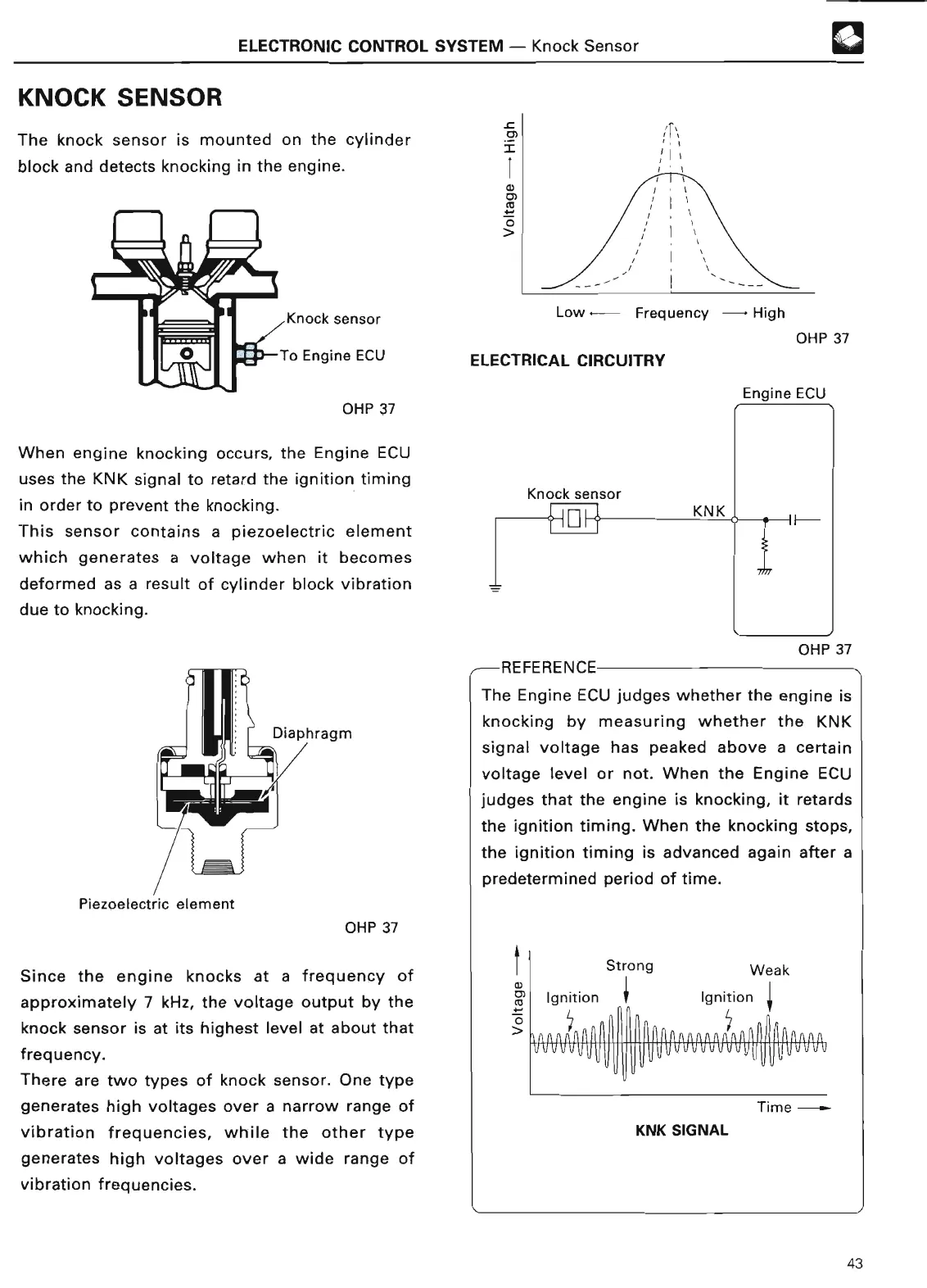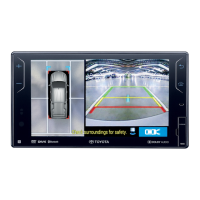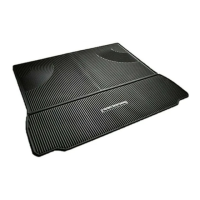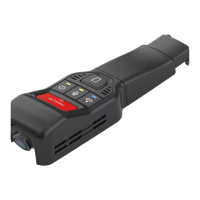ELECTRONIC CONTROL SYSTEM
- Knock Senso
r
KNOCK SENSO
R
The knock sensor is mounted on the cylinder
block and detects knocking in the engine
.
Low
-
Frequency
-
Hig
h
ELECTRICAL CIRCUITRY
OHP 3
7
Engine EC
U
OHP 3
7
When engine knocking occurs, the Engine ECU
uses the KNK signal to retard the ignition timing
in order to prevent the knocking
.
This sensor contains a piezoelectric element
which generates a voltage when it becomes
deformed as a result of cylinder block vibration
due to knocking
.
Diaphrag
m
AM
l
Piezoelectric element
OHP 3
7
Since the engine knocks at a frequency of
approximately 7 kHz, the voltage output by the
knock sensor is at its highest level at about that
frequency
.
There are two types of knock sensor
. One type
generates high voltages over a narrow range of
vibration frequencies, while the other type
generates high voltages over a wide range of
vibration frequencies
.
OHP 3
7
REFERENCE
The Engine ECU judges whether the engine is
knocking by measuring whether the KNK
signal voltage has peaked above a certain
voltage level or not
. When the Engine ECU
judges that the engine is knocking, it retards
the ignition timing
. When the knocking stops,
the ignition timing is advanced again after a
predetermined period of time
.
Strong
Ignition
Weak
Ignitio
n
KNK SIGNAL
Time
-
43
